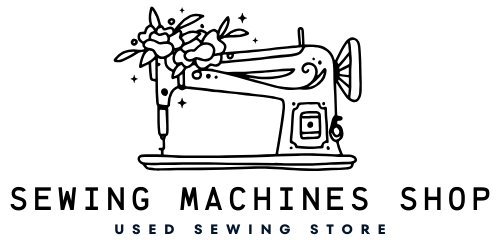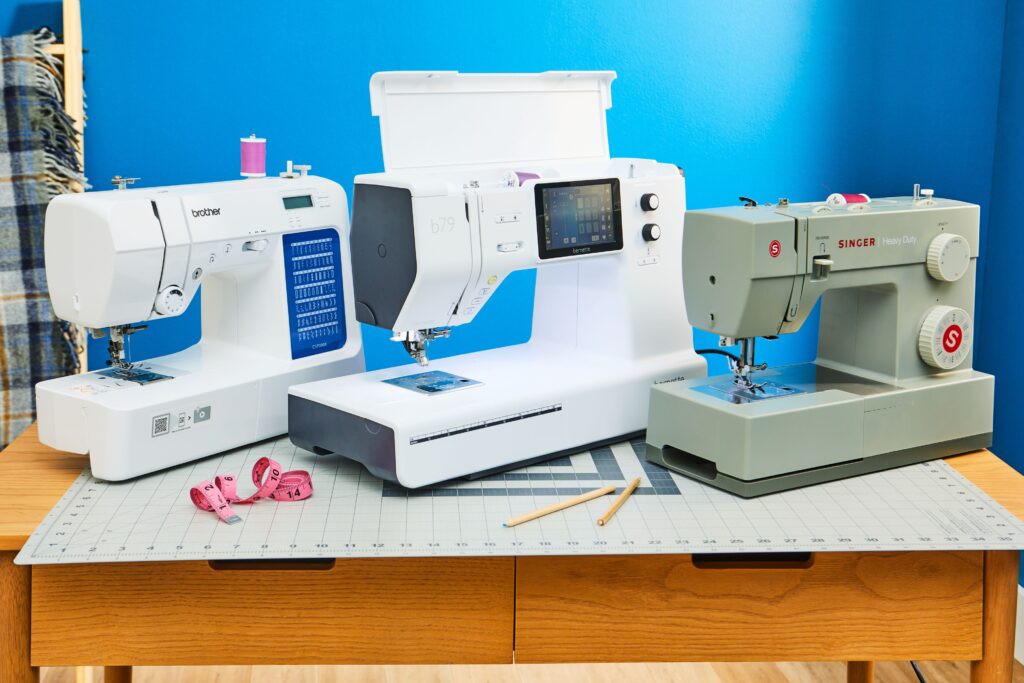
When you’re in the market for a sewing machine but don’t want to break the bank, buying a second-hand sewing machine can be a fantastic option. However, it’s crucial to know what to look for to ensure you’re getting a machine that meets your needs without hidden issues. Whether you’re an experienced seamstress or a newbie, this guide will walk you through everything you need to check before making that purchase from your local Sewing Machine Shop.
Why Consider a Second-Hand Sewing Machine?
Cost-Effective Choice
One of the main reasons to consider a second-hand sewing machine is the cost. New machines can be expensive, especially those with advanced features. By opting for a used machine, you can get a high-quality device at a fraction of the price, leaving more room in your budget for fabrics, patterns, and other sewing essentials.
Availability of Vintage Models
For those who love the charm of vintage items, a second-hand sewing machine offers access to models that are no longer in production. Vintage machines are often built to last, with sturdy metal parts that can outlive many modern counterparts.
Environmentally Friendly Option
In today’s world, reducing waste is more important than ever. By purchasing a second-hand sewing machine, you’re giving new life to a perfectly usable machine and reducing the demand for new products, which helps minimize your environmental footprint.
Where to Buy a Second-Hand Sewing Machine?
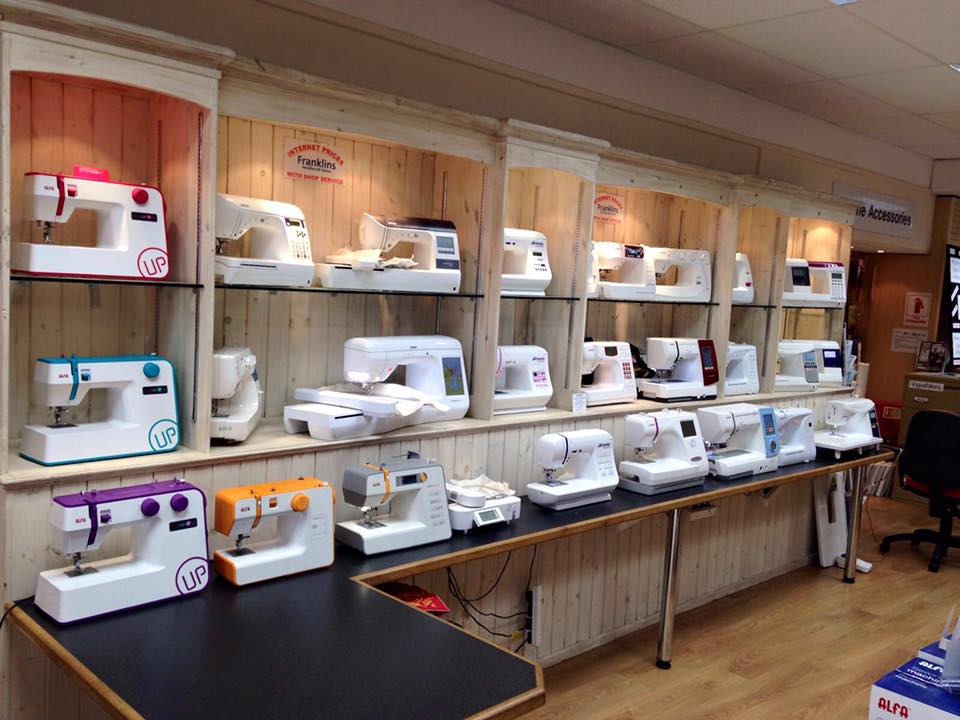
Online Marketplaces
The internet is full of online marketplaces where you can find second-hand sewing machines. Websites like eBay, Craigslist, and Facebook Marketplace offer a wide variety of options. However, buying online requires extra caution since you can’t inspect the machine in person before purchase.
Local Sewing Machine Shops
Visiting a local Sewing Machine Shop is another excellent way to find a reliable second-hand machine. Shops often refurbish machines before selling them, ensuring they’re in good working condition. Plus, you’ll have the advantage of talking to knowledgeable staff who can help guide your decision.
Garage Sales and Estate Sales
If you’re up for a bit of a treasure hunt, garage sales and estate sales can be a great place to find a hidden gem. You might score a fantastic deal, but be prepared to inspect the machine thoroughly and possibly invest in repairs.
Key Factors to Check Before Buying
Physical Condition of the Machine
Body and Casing
Start by inspecting the machine’s body and casing. Look for cracks, rust, or any signs of significant wear. A well-maintained machine should have minimal cosmetic damage. If the machine has been dropped or mishandled, it might have internal issues that aren’t immediately visible.
Needle and Presser Foot
Check the needle and presser foot for any signs of wear or damage. These parts are crucial for the machine’s operation, and replacing them could add to your costs. Ensure the needle moves up and down smoothly and that the presser foot lifts and lowers without resistance.
Functionality and Performance
Stitching Quality
One of the most critical aspects to check is the stitching quality. Thread the machine and test it on a piece of fabric. The stitches should be even, without skipping or pulling. Try different stitch types and settings to ensure the machine operates smoothly.
Motor and Wiring
Listen to the machine as it runs. Any unusual noises, such as grinding or rattling, could indicate motor issues. Also, inspect the wiring for any signs of fraying or damage. Faulty wiring can be a fire hazard and is costly to repair.
Availability of Parts and Accessories
Compatibility with Modern Parts
Older machines may require specific parts that are no longer in production. Check if the machine is compatible with modern parts or if replacement parts are readily available. This is especially important for machines with unique features or designs.
Included Accessories
Find out what accessories come with the machine. Common accessories include additional presser feet, bobbins, and a manual. Having these items included can save you time and money in the long run.
Brand Reputation and Reviews
Do a little research on the brand and model of the sewing machine. Some brands are known for their durability and ease of use, while others might have a history of mechanical issues. Reading reviews from other users can give you insights into what to expect.
Testing the Sewing Machine
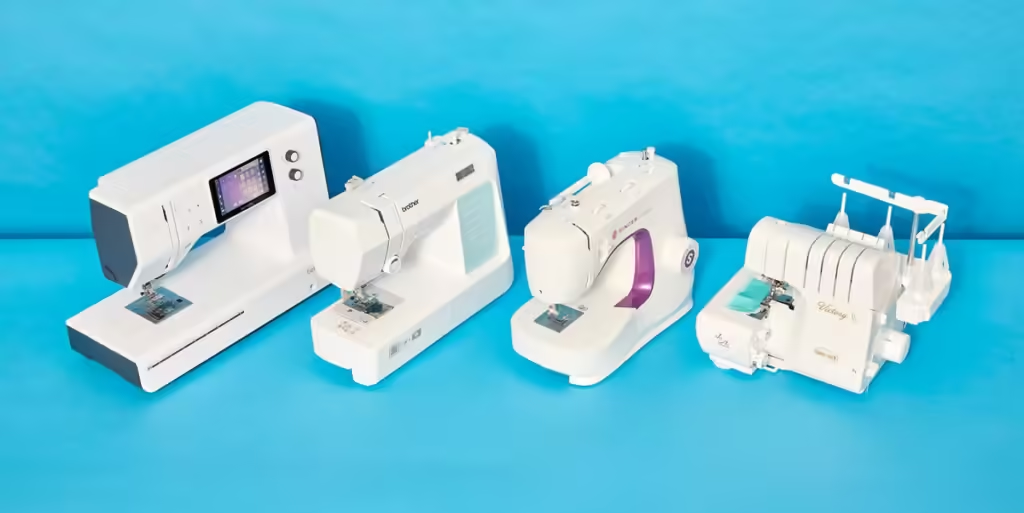
How to Perform a Test Run?
Before purchasing, ask if you can do a test run. Thread the machine and try sewing a few stitches. Pay attention to how the machine handles the fabric and whether the controls are intuitive.
Checking Different Stitches and Settings
Test the machine’s range of stitches and settings. Does it offer the variety you need for your projects? Try adjusting the tension and stitch length to see if the machine responds smoothly. A machine with versatile stitch options is always a plus.
Listening for Unusual Sounds
As you test the machine, listen for any unusual sounds. A well-maintained machine should operate quietly. If you hear grinding, clicking, or any other strange noises, it could indicate underlying problems.
Questions to Ask the Seller
Service History and Maintenance
Ask the seller about the machine’s service history. Regular maintenance, such as oiling and cleaning, is essential for keeping a sewing machine in good working order. A machine with a documented service history is likely to be more reliable.
Reason for Selling
Understanding why the seller is parting with the machine can provide valuable insights. Are they upgrading, downsizing, or getting out of sewing altogether? If they’re selling due to issues with the machine, you’ll want to know before making a purchase.
Return Policy and Warranty
Check if the seller offers any return policy or warranty. This is especially important when buying from an online platform or store. A return policy gives you peace of mind in case the machine isn’t as described.
Negotiating the Price
Evaluating the Market Value
Research the market value of the machine model you’re interested in. Knowing what similar machines sell for can give you a strong negotiating position. Keep in mind the condition, age, and included accessories when evaluating the price.
Tips for Bargaining
When negotiating, start with a fair offer based on your research. Be polite but firm, and don’t be afraid to walk away if the price isn’t right. Sometimes, just showing a bit of hesitation can encourage the seller to lower their asking price.
Post-Purchase Considerations
Cleaning and Maintenance
After purchasing, give the machine a thorough cleaning. Even if the seller claimed it was serviced, it’s a good idea to start fresh. Regular maintenance, such as oiling and dusting, will keep your machine running smoothly for years to come.
Finding a Reliable Repair Service
Eventually, your machine may need repairs. Find a reliable repair service, preferably one familiar with your machine’s brand and model. Regular check-ups can prevent minor issues from turning into major problems.
Common Mistakes to Avoid When Buying Second-Hand
Ignoring Red Flags
It’s easy to get caught up in the excitement of finding a good deal, but ignoring red flags can lead to regret later on. If something feels off—whether it’s the condition of the machine, the seller’s behavior, or an unusually low price—trust your instincts. Remember, if it seems too good to be true, it probably is.
Skipping the Test Run
Never skip the test run, even if the machine looks perfect. The test run is your chance to see the machine in action and ensure it’s functioning correctly. Without this step, you might end up with a machine that has hidden issues, like uneven stitching or a sluggish motor.
Overlooking the Cost of Repairs
Sometimes, a second-hand sewing machine might need a bit of TLC to get it back in top shape. However, overlooking the potential cost of repairs can turn a good deal into an expensive mistake. Always factor in the possible need for repairs when considering the total cost of the machine. If the repair costs are too high, it might be better to keep looking.
Final Thoughts on Buying a Second-Hand Sewing Machine
Purchasing a second-hand sewing machine can be an excellent investment, offering you the chance to own a quality machine without paying the full retail price. However, it’s crucial to do your homework and thoroughly inspect the machine before making a purchase. By following the guidelines in this article, you can avoid common pitfalls and find a machine that will serve you well for years to come. Whether you’re buying online or from a local Sewing Machine Shop, being informed and prepared is the key to a successful purchase.
FAQs
Is it safe to buy a second-hand sewing machine online?
Buying a second-hand sewing machine online can be safe if you take the right precautions. Always buy from reputable sellers, read reviews, and ask plenty of questions about the machine’s condition. Whenever possible, use platforms that offer buyer protection and consider arranging a local pickup to inspect the machine in person.
What is the average lifespan of a sewing machine?
The lifespan of a sewing machine can vary greatly depending on the brand, model, and how well it’s maintained. A well-maintained sewing machine can last 20-30 years or even longer. Some vintage machines are still in use after 50 years! Regular servicing and proper care can extend the life of any sewing machine.
How can I tell if a sewing machine is worth the price?
To determine if a sewing machine is worth the price, consider factors such as its condition, age, brand reputation, and the included accessories. Research the model to see what similar machines are selling for and factor in any potential repair costs. Testing the machine and asking the seller about its history can also help you assess its value.
Can I find replacement parts for older sewing machines?
Yes, you can often find replacement parts for older sewing machines, though availability depends on the model. Some brands continue to manufacture parts for older models, and many third-party suppliers offer compatible parts. For very rare or vintage machines, you might need to search specialized dealers or consider second-hand parts.
Should I buy a second-hand sewing machine from a private seller or a store?
Both options have their pros and cons. Buying from a private seller may offer lower prices, but it comes with more risk, especially if the machine hasn’t been serviced or tested. A store, particularly a specialized Sewing Machine Shop, might charge more, but they often provide refurbished machines with a warranty or return policy, giving you peace of mind.
By following these tips and guidelines, you’ll be well-equipped to find the perfect second-hand sewing machine for your needs. Happy sewing!
For more insightful articles, visit our Medium page !
